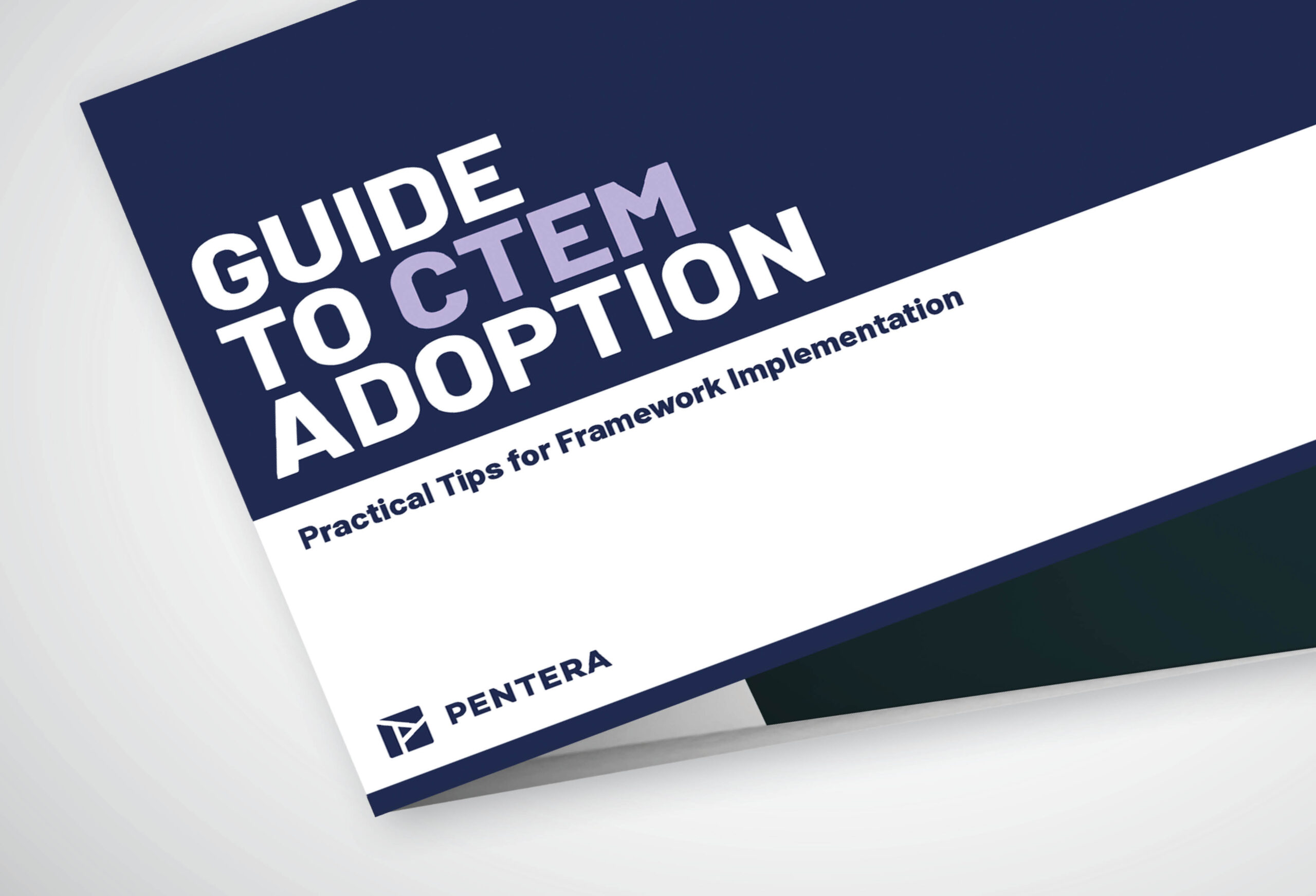What Are a Lambda Functions?
A Lambda Function, also called a function literal, is a kind of anonymous function used in programming, most commonly with programming languages like Python and JavaScript. Unlike normal functions, they are nameless and not bound to an identifier, and are usually utilized as arguments within order higher-order functions. They are commonly used in niche, one-off instances where a function does not require a name.
Securing Lambda Functions is a critical part of Cloud Security, helping to ensure the integrity and isolation of serverless computing environments. In particular, they are used in services like AWS Lambda to allow developers to write and deploy code quickly without needing to manage servers.
How to define a Lambda Functions?
To define a lambda functions, programmers should first input the expression’s parameters and body. In Python, for instance, one can do this using the lambda keyword followed by a list of parameters and a colon, after which comes the expression.
A simple example of a lambda function would be one which adds two figures together. In Python, this would be represented as: lambda x, y: x + y.
Why use Lambda Functions?
Lambda functions are widely used because they offer some important benefits, chiefly flexibility, efficiency, and readability.
- Flexibility: Lambda functions allow programmers to create small, reusable functions for very specific use cases. This allows for flexible, modular code that facilitates dynamic programming.
- Efficiency: Lamba functions are concise and can also be defined inline, so they simplify programming. In instances where function calls are common, this can foster efficiency by eliminating the need to define and invoke named functions.
- Readability: The succinctness of lambda functions can improve the clarity and readability of code by presenting operations with concise, simple expressions. This can help facilitate a more frictionless debugging process.
What’s involved in working with Lambda Functions?
When working with lambda functions, programmers typically integrate and deploy them using a cloud computing service like AWS, which handles all of the provisioning and management of servers on their behalf. These services allow programmers to write the functions in their chosen functional language, and then upload and deploy them via the provider. Once lambda functions have been deployed, they are then triggered by a variety of specified events such as HTTP requests, file uploads, and database updates, among others.
What are the best practices for Lambda Functions?
To utilize lambda functions to their fullest capacity, it’s advisable to follow best practices when working with them. Key best practices for lambda functions include the following:
- Keep functions small: Lambda functions should be small, focused functions that serve a single purpose. This ensures that they remain easy to maintain, reuse, and debug.
- Optimize performance: The performance of lambda functions can be improved by optimizing code. By limiting dependencies and following best practices for their chosen language, programmers can reduce execution time and costs while enhancing scalability.
- Implement error-handling: Programmers should employ error-handling mechanisms like as exception handling and logging to expedite troubleshooting in the event of an issue.
- Secure permissions: For optimal cloud security, lambda functions should only be granted necessary permissions in accordance with the principle of least privilege.
- Monitor functions: The activity of lambda functions should be closely monitored, ideally using a cloud-native monitoring service. This can help programmers to track invocations and asses performance according to key metrics so as to identify opportunities for further optimization.
What are the limitations and challenges of Lambda Functions?
While lambda functions can be highly useful in many scenarios, they also come with some limitations. For example, they are subject to cold start latency, whereby the performance of infrequently used functions can suffer as the cloud provider must provision resources and handle the request. Execution time and memory limits can also be limiting factors that make lambda functions unsuited to long-running workloads. In addition, when working with multiple lambda functions in complex applications, it can be difficult at times to manage dependencies and track performance effectively.
Embracing Lambda Functions in dynamic programming
Lambda functions offer a fast and convenient way for programmers to write and deploy code on the cloud without needing to manage servers. While their implementation comes with some inherent challenges, they can be mitigated through the implementation of best practices. By understanding their limitations and learning to utilize them correctly, programmers can leverage lambda functions to create more dynamic, resilient, and scalable applications.
How do lambda functions work in AWS?
In AWS, Lambda functions are executed in response to triggers. These triggers are usually specified events, such as changes to data in cloud storage, or HTTP requests via an API Gateway. When such an event takes place, AWS Lambda automatically provisions the necessary resources and runs the code before deallocating the resources once again.
What role does threat intelligence play in lateral movement defense?
Threat intelligence plays a role in lateral movement defense by providing organizations with insights regarding the tactics, techniques, and procedures (TTPs) commonly used by attacks to enable lateral movement. By leveraging threat intelligence and understanding indicators of compromise (IOCs) that indicate lateral movement, organizations can better detect and respond to lateral movement to protect their assets.
How can lambda functions be created?
Lambda functions can be created in several ways, including using the AWS management console, command line interface, or software development kits. Application developers can write code in their chosen language and package dependencies before uploading it to the cloud.
What are common use cases for lambda functions?
There is a wide variety of use cases for lambda functions. Popular uses include real-time data and file processing, scheduled tasks such as data syncs or backups, event-driven processing from IoT devices, and custom authentication and authorization for APIs, among others.


